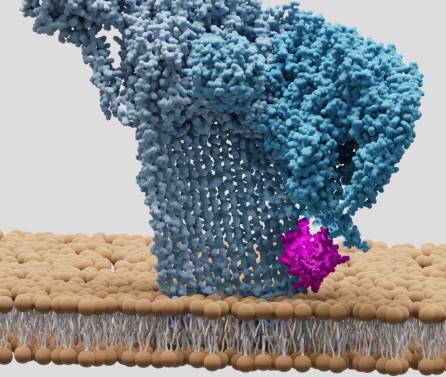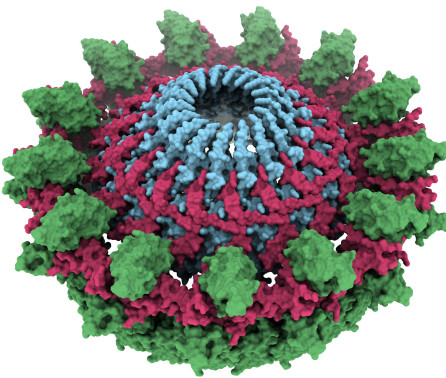BibTex format
@article{van:2011:10.1371/journal.pone.0017373,
author = {van, Wilderen LJG and Lincoln, CN and van, Thor JJ},
doi = {10.1371/journal.pone.0017373},
journal = {PLoS One},
pages = {1--14},
title = {Modelling multi-pulse population dynamics from ultrafast spectroscopy},
url = {http://dx.doi.org/10.1371/journal.pone.0017373},
volume = {6},
year = {2011}
}

